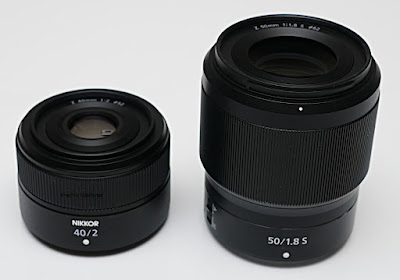Nikon Z DX 50-250mm f/4.5-6.3 tele zoom review

I like tele lenses, not only for typical tele uses like birds, but also for the possibility to explore interesting compositions in narrow details of the field of view. However, tele lenses can be really large and expensive, and unpractical to lug around. With this in mind, I was intrigued about the basic DX kit zoom lens, that you typically get in double lens kits: The Nikon Z DX 50-250mm f/4.5-6.3 VR . As the name indicates, this is a "DX" lens, meaning that it only gives you a smaller image at 1.5x crop factor, corresponding to a field of view of 75-375mm in traditional film format terms. So on 45MP cameras like the Z9 and Z7, you will get images with just under 20MP. The lens is small and light, and should be easy to bring along for the occational tele image, especially when you have good light during daytime. But is it good enough optically to be worth bringing along? I'll look into that here. Physical appearance The lens is quite comparable in size and...


